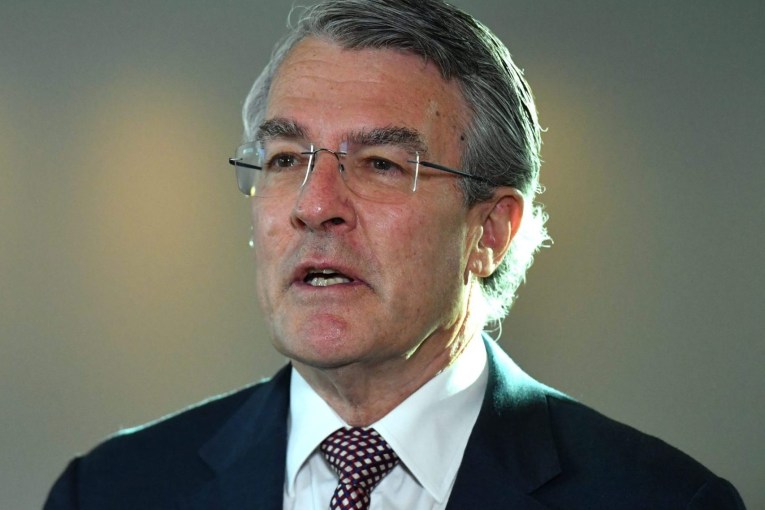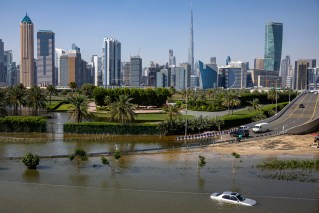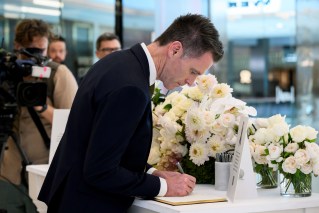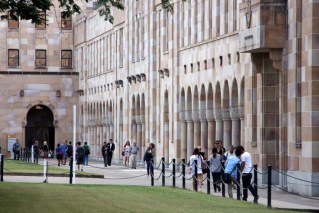Taliban takeover leaves more than 26,000 Afghans seeking Australian visas
More than 26,000 visa applications have been made to the federal government from Afghan nationals looking to flee the country following the Taliban takeover.
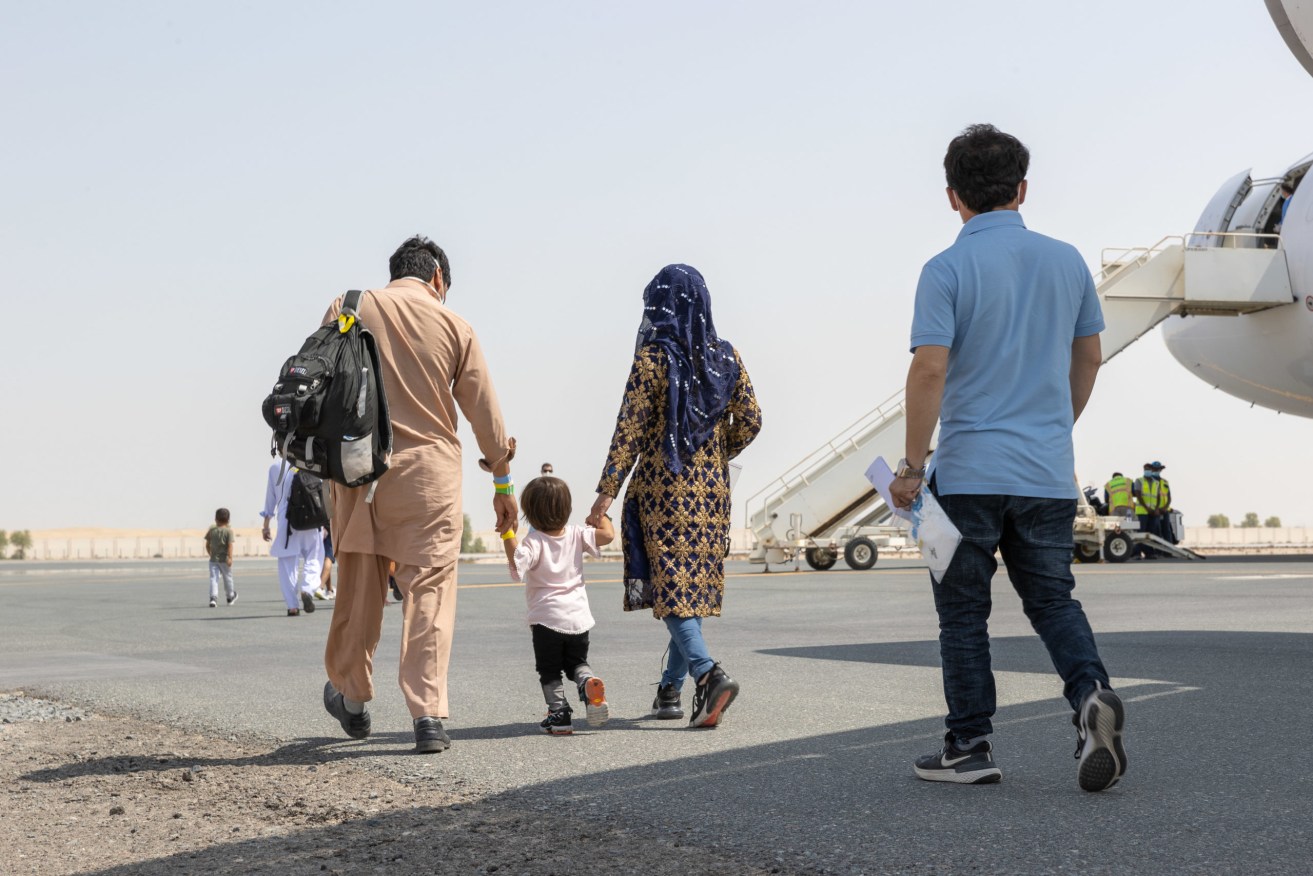
A supplied image obtained on Monday, August 23, 2021, of Afghanistan evacuees board a flight to Australia from the Australian Defence Force's main operating base in the Middle East region. Further flights into Kabul are being carefully planned as the government seeks to rescue hundreds of Australian citizens, former interpreters and embassy guards. (AAP Image/Supplied by Australian Defence Force) NO ARCHIVING, EDITORIAL USE ONLY
Speaking before a Senate committee into Australia’s involvement in Afghanistan, officials from the Department of Foreign Affairs and Trade also confirmed at least 286 Australian citizens and permanent residents remain in the country and had sought assistance.
The Department of Home Affairs said it did not have a total number as to how many Afghans holding Australian visas have been unable to evacuate from the country.
In August, the Australian government announced an initial 3000 humanitarian places would be allocated to Afghan nationals within Australia’s 13,750 annual program.
It comes as advocates told the committee that Australia also had a responsibility to ensure the safety of local Afghans employed at its embassy in Kabul who have been left behind
Humanitarian advocate Dr Kay Danes from GAP Veterans and Legal Services urged efforts to be made to grant visas to local employees.
Dr Danes had been involved in efforts in securing visas for Afghan workers employed by Australia in the aftermath of the withdrawal.
“The Australian government … had a responsibility to alert the former employees of the Australian embassy contract partners to ensure their employees should get their families to safety,” Danes said.
“There was sufficient time before Kabul fell in August for those embassy guards to secure documentation or secure visas when the embassies were still open to allow them an opportunity to evacuate.”
DFAT officials told the committee that of the 4100 people that Australia evacuated from Afghanistan, two-thirds were women and children.
Australia’s embassy in Kabul was formally closed on May 28, with the country coming back under control of the Taliban in August.
Officials said a decision to close the embassy in Kabul “came into sharper focus” following an announcement from US President Joe Biden of America’s withdrawal from the region.
Danes told the inquiry of some former guards with the Australian embassy who were unable to be evacuated to Australia, and having to be hidden from the Taliban due to their previous work.
“We had one guard only a day or two ago beaten up by Taliban. His mother, thank God, saved him, bless her. She was hanging on to him and wouldn’t let (the Taliban) take him away from the house,” she said.
Due to the vast number of people looking to flee the country and the paperwork required, the advocate said the group’s team had to process 10 years worth of data in just two weeks.
